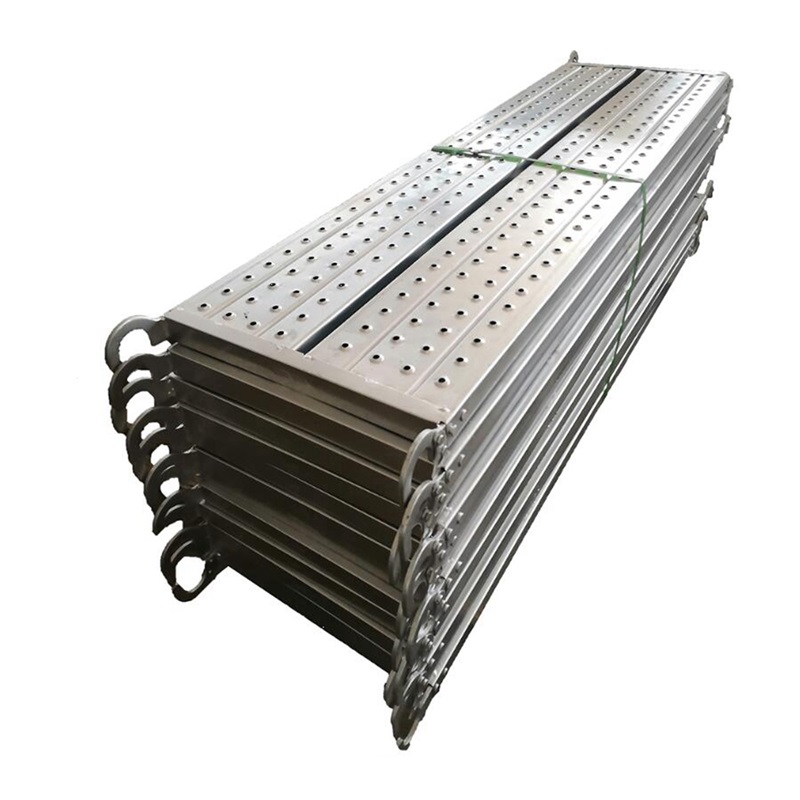8 月 . 16, 2024 09:10 Back to list
Leading Manufacturer of High-Quality Bar Grating Solutions for Diverse Industrial Applications
Understanding I-Bar Grating and Its Manufacturers
I-bar grating, often known for its exceptional strength and lightweight properties, is a popular choice in various industrial applications. It consists of a series of parallel bars, typically made of steel or aluminum, with an I shaped cross-section that provides superior load-bearing capabilities. This design makes I-bar grating particularly valuable in environments where safety and structural integrity are paramount.
One of the primary advantages of I-bar grating is its open design, which allows for excellent drainage and airflow. This feature is crucial in settings such as walkways, platforms, and stair treads, where slipping hazards can pose a considerable risk. The gaps between the bars facilitate the passage of water or debris, minimizing the chances of accumulation and promoting a cleaner workplace.
Applications of I-Bar Grating
The versatility of I-bar grating makes it suitable for a broad range of applications. In industrial facilities, it is frequently employed in flooring systems, access platforms, and staircases. Its ability to support heavy loads while maintaining a lightweight structure is particularly beneficial in manufacturing plants, warehouses, and refineries. Additionally, I-bar grating is commonly used in the construction of walkways, bridges, and catwalks in outdoor environments, where durability and resistance to environmental factors are essential.
Moreover, the use of I-bar grating extends beyond industrial applications; it is also gaining traction in architectural designs. Designers appreciate its aesthetic qualities, as it adds a modern touch to buildings while providing functional support. The customizable nature of I-bar grating allows manufacturers to produce it in various sizes and finishes, catering to specific design requirements and preferences.
Selecting the Right Manufacturer
Choosing the right I-bar grating manufacturer is crucial for ensuring product quality and reliability
. Several factors should be considered when evaluating potential suppliersi bar grating manufacturer

1. Experience and Expertise Look for manufacturers with a proven track record in producing I-bar grating. Established companies typically have the technical knowledge and resources necessary to deliver high-quality products.
2. Material Quality The durability of I-bar grating largely depends on the materials used. It is essential to select a manufacturer that sources high-grade steel or aluminum and adheres to industry standards for production.
3. Customization Options Different projects may have specific requirements regarding size, load capacity, and finish. A good manufacturer should offer customization options to meet these needs effectively.
4. Certifications and Compliance Verify that the manufacturer complies with relevant regulations and safety standards. Certifications indicate that the products have undergone rigorous testing and meet quality benchmarks.
5. Customer Support Reliable customer service is essential in addressing inquiries, handling orders, and providing after-sales support. A manufacturer that prioritizes customer satisfaction is more likely to foster a positive relationship.
Conclusion
I-bar grating serves as a vital component in various industries due to its strength, lightweight nature, and practical design. Its applications range from industrial flooring to architectural elements, showcasing its versatility. When selecting an I-bar grating manufacturer, it is essential to consider their experience, material quality, and customization capabilities to ensure the best product for your specific needs. By making informed choices, businesses can enhance safety and efficiency in their operations with high-quality I-bar grating solutions.
-
Temporary Fence Base Products Durable & Reliable Manufacturer Solutions
NewsMay.30,2025
-
Best Africa Chicken Netting Hexagonal Wire Mesh Durable & Weatherproof
NewsMay.30,2025
-
Australian Temporary Fence Solutions Durable & Reliable Products
NewsMay.30,2025
-
Galvanized Steel Gabion Net & Trusted Gabion Factory Solutions High Durability
NewsMay.29,2025
-
Top-Rated Removable Fences Durable & Easy-Install Solutions
NewsMay.29,2025
-
Steel Expanded Metal Mesh Fence
NewsMar.07,2025



